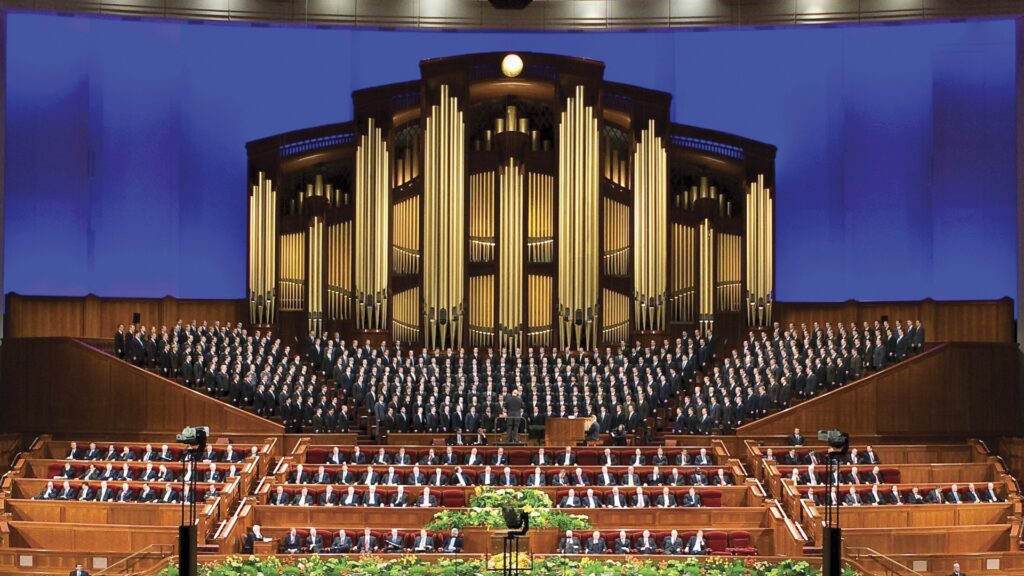When Jesus began teaching at the very beginning of his ministry, people were amazed. Mark writes about how the residents of Capernaum reacted to his teaching:
And they were astonished at his doctrine: for he taught them as one that had authority, and not as the scribes. (Mark 1:22)
What kind of “authority” did Jesus have? To what “church” did Jesus belong? Scholars tell us that the historical Jesus and earliest disciples were very much members of the Jewish faith and tradition. After Jesus was crucified, they remained Jews and submitted to the “authority” of their “church,” as Jesus directed them to do (Matthew 23:2-3). So, while they were “members of the Jewish church,” they gathered (ekklesia) in Jesus’ name each week, sharing a communion meal and telling each other the stories they remembered from Jesus. They shared their burdens, and rejoiced in their faith.
In like fashion, the followers of Alma in the Book of Mormon gathered at the waters of Mormon to bear each other’s burdens, mourn with those who mourn, comfort each other, and stand as witnesses of God in all things. By what “authority” did Alma preach and baptize? What was the nature of his church?
In both the Book of Mormon and New Testament, what started as a gathering of souls committed to spiritual growth and the welfare of other became organized into Church with ordained Authorities. The book of Acts reflects this as a necessity, to administer to the needy, to help manage spurious doctrines and practices, and to help organize a beloved community. But when does a gathering of faithful become an institutional Church with a capital “C”? When does authority become Authorities and authoritarianism?
There is no question that the dynamics between “Church” and “Authority” are complex. We hope that those whom we choose to lead and administer our communities have moral authority. We desire that those who teach us do so authoritatively. But there is a big difference between moral and positional authority, as there is between gathering as a beloved community and submitting to institutional authority and doctrine. As we approach conference time, the focus becomes on “church” as an institution with an organization featuring many layers of leadership, each one endowed with authoritative “keys” that allow them to operate in an official capacity within the church, including having their words carry a form of authority. It’s at this nexus that most of us feel torn between the pull between such things and ourselves, between institution and individual. In our September/October fireside, we considered questions such as:
• What does authority mean to you?
• What does authority mean in our LDS community?
• What is priesthood?
• Is priesthood necessary to have authority?
• Is there a difference between priesthood power and priesthood authority?
• Can we administer to or bless others in the name of Jesus Christ without priesthood?
• What does it mean to have authority to administer saving ordinances?
• How do we establish our own authority in our faith journey?
• How do we respond to authoritarian control?
In our fireside discussion, we zoomed (literally and figuratively) in on how our personal, inner work enables us to establish our own authority, not in defiance of external authorities, but rather, to put both into context. The journey of personal authority and authenticity often leads to liberation. Being free of the shackles of authoritarian control, we can re-engage with our beloved communities wherever they may be found.
Our discussion was very fruitful, and we hope you can join us for future Latter-day Faith Virtual Firesides.
If you have comments about Church and Authority, please share them here!

